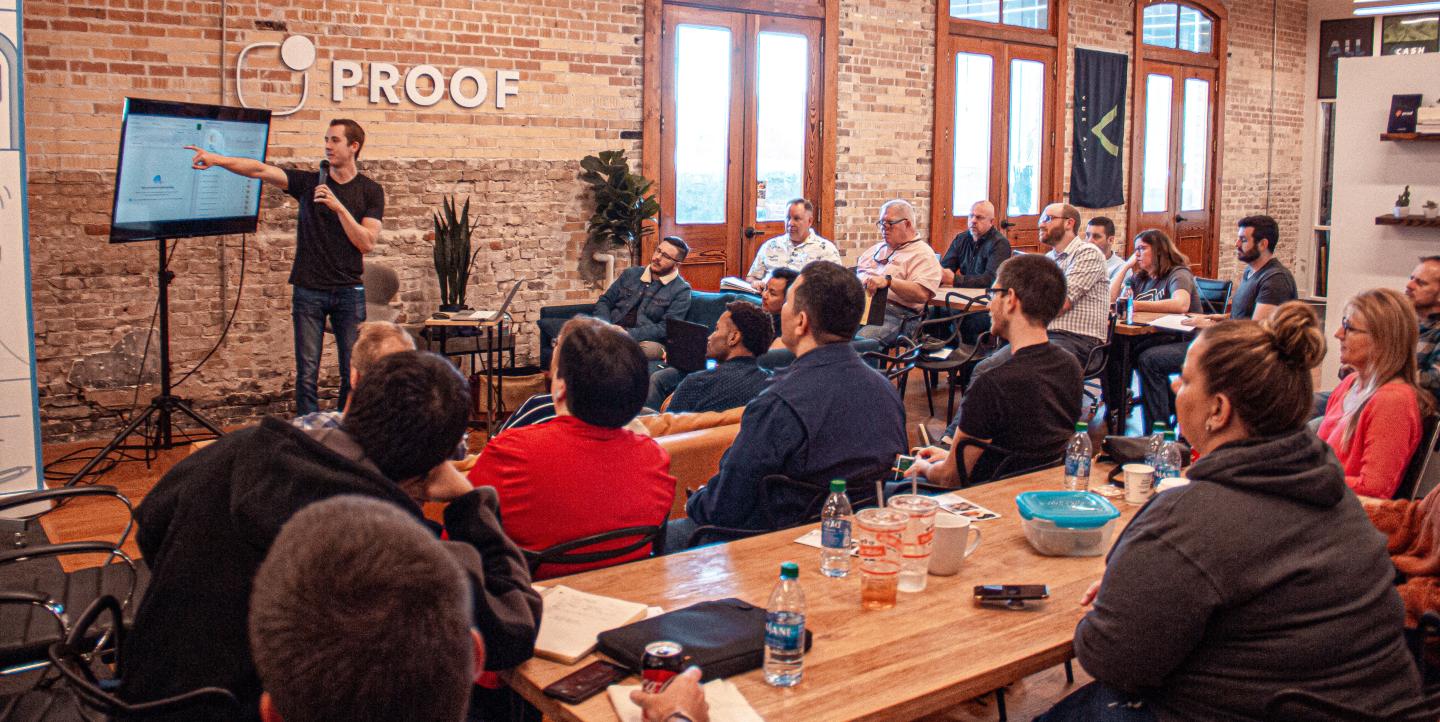People retain information because it either stands out, it relates to their existing knowledge base, or it’s something they retrieve, recount or repeatedly use over time.
“The average layperson [who is] trying to learn nuclear physics for the first time, for example, will probably find it very difficult to retain that information. That's because he or she likely doesn’t have existing knowledge in their brain to connect that new information to, ”said Sean Kang, an assistant professor in the Department of Education at Dartmouth College whose research focuses on the cognitive psychology of learning and memory.
Understanding what helps people retain information is vital for trainers to ensure that their trainees are able to apply the tips and tools they learn during workshops to the real world.
As a media trainer, I’ve learned that the only way to deliver an impactful training is by ensuring that you are prepared before, during and after the training.
Here are key mechanisms every media trainer should have in place:
Preparations
- Outline your training objectives and outcomes: Imagine a farmer who forgets his farming tools – this is the same as a media trainer who forgoes planned objectives and expected outcomes. Both the farmer and the trainer will likely not be able to do their jobs because they aren’t prepared. Having objectives and expected outcomes planned ahead of time will allow you to use them as guiding tools throughout your training.
- Content: With the objectives stated and your framework there to guide you, the next step is to gather your content carefully. Remember to always credit sources and sites to avoid plagiarism. Additionally, be sure to use content from knowledgeable writers or organizations if you don't have established content ready.
- Logistics: As you plan for your training, ensure that all logistics are in place. These include preparing training venues, stationary and facilitators in advance. Trainers should also make food arrangements, and organize security, ahead of time if necessary. Failing to do these tasks before your event can cause even a well-planned training to fail.
- Pre- and post-assessment forms: To ease your monitoring and evaluation process after the training, use the content of your workshop to draft your pre- and post-assessments forms. The pre-assessment forms will indicate whether your content is valuable to participants, while your post-assessment forms will determine how well you delivered the training and how much your participants learned from the workshop.
- Mobilization: Despite thoroughly planning for your event, sometimes people still won’t show up for your training. Make sure that you mobilize your audience early, such as sending out frequent reminders through the web, social media or via email.
- Security: As the organizer of the event, trainers should make sure that they have security measures in place. If you are accommodating your trainees in a hotel, be sure to conduct a security risk assessment and put a plan in place to follow if potential problems arise. Make sure to obtain security letters for countries where freedom of assembly is restricted. These letters ensure that state security approves your ability to conduct a training –without it, security can easily shut your training down.
- Online training: If you are conducting your training virtually, ensuring that you are up to speed with simple online meeting applications is a must. Google Meet, Microsoft Teams, Skype, Zoom and other video calling apps can cause problems if you don’t know how to operate some of their features. Send the meeting link to your participants, and tell them to download or update the meeting application and to access quality internet before the session.
Training approaches
Research shows that information is much better recalled if it is processed meaningfully during learning. A new concept is considered to have meaning once information is integrated with existing knowledge in a way that supports an action or a decision.
In contrast, long PowerPoint presentations dominated by trainers can cause many trainees to be unable to recall or put into practice what they’ve learned during the training.
Here are a few activities that can help your participants get more engaged with the information they are learning:
- Brainstorming: When applying brainstorming to your sessions, you are making the participants own the training – a simple approach which helps make an individual capture information better. As a trainer, it’s also important to ensure that brainstorming sessions are inclusive, so that all genders and identities participate equally and freely.
- Group work: Groups help you understand whether what you are delivering is understood and if the trainees are able to take ownership of the lessons they learn. This helps you gather the necessary content in a way that is beneficial to both you and the participants.
- Dilemmas and scenarios: Dilemmas are exercises in which trainees will be given a situation in which they have to make a difficult choice between two or more alternative scenarios, based on the content they’ve learned during the training. This approach is integral to making your trainees think, debate and recall. Incorporating these exercises during my own trainings has resulted in respectful debates, which made many trainees eager to participate and knowledge more easily obtained.
- Quizzes: This activity is good to incorporate after short PowerPoint presentations; they help you know whether the trainees understood what you presented and who the quick learners are.
- Multimedia: Sessions that include short films, premieres and other infographics can assist in generating productive debates after the presentation.
- Pitches/deliverables: Towards the end of your media training, consider ending it by asking for pitches or deliverables from the trainees. This will give you the chance to follow-up and see if the content you delivered was comprehended, and if it’s being put into practice.
- Testimonies: While delivering your training, always look for fast learners, as they will be able to help you pick the right person to give testimonies after the event. Such testimonials can back up your own reports of the event, especially content from post-assessment forms.
Photo by Matthew Osborn on Unsplash.


